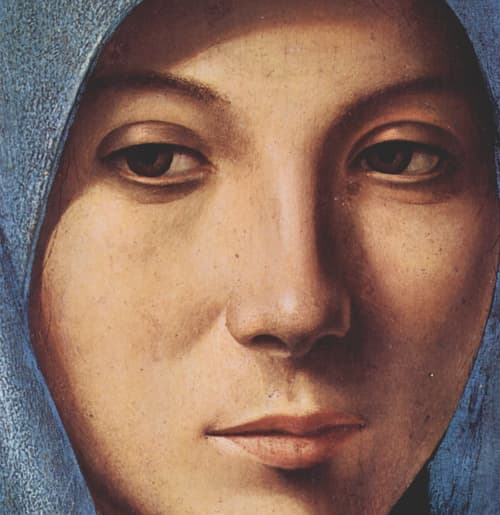Anna Maria Mendell, The Golden Princess and the Moon (Angelico, 2016).
The Golden Princess and the Moon is a creative re-telling of the traditional "Sleeping Beauty" story. Anna Maria Mendell takes the familiar fairytale and enriches it with a depth and scope that truly makes it new. She creates an entire world in which the well-known elements of the story suddenly receive a new meaning and significance, orienting the whole tale around the crucial elements of true love, trust, and self-sacrifice.
The story is composed of two narratives that come together near the end, sustained by a third story which serves as the foundation upon which the whole book is based. Thus, the reader is taken both into the world of the young prince Erik as he grows into adulthood, and the older story of the sleeping princess, as we discover her life piece by piece alongside Erik. One of the most creative elements in the novel is the way that Mendell weaves back and forth between the two narratives. You are drawn in by gradual revelations, and you find yourself, with Erik, full of anticipation as the next piece of the princess' story unfolds. In spite of the switches in perspective, the story never feels disjointed, and both threads are brought to a culmination in a seamless and satisfying fashion.
There are some profound themes carried by characters such as Edmund, whose sincere desire for good nevertheless leads him into the timeless temptation of bartering with Evil itself. Or the princess, whose journey of maturity requires her to embrace the life given to her, with all of its unknown and frightening consequences.
Knowing it to be the sleeping beauty story, it is surprising that the narrative continues so far after the expected waking scene, and takes a number of unexpected turns before the end of the book. While the events of the last few chapters after the climax feel less seamless, and more rushed in a way, the choice to continue the story beyond the usual ending allows both the characters of the prince and princess to take on an added depth, and face their own personal struggle with Good and Evil even in their relationship with one another.
Mendell deals masterfully with questions about the nature of love, faithfulness, truth, free will and human destiny. She takes the reader on a journey with each of the protagonists, as they grow into their own stories and find the truth about themselves and the world they belong to. The themes of grace and redemption lend a richness to the characters, making the story a deeply satisfying one.
If I had to identify any disappointments, one would be the actual waking scene, which after the build-up feels a little anti-climactic. At times, the third theme, concerning the golden king and his bride, does not weave itself as seamlessly into the rest of the story as I would have hoped. But in general, Mendell has given us a brilliant and rich portrayal of the world of fairie. Contemporary fantasy often slides into caricature, merely lending to our modern, mechanistic worldview the external trappings of magic and mystery. Mendell, instead, has given us a world so steeped in the fusion of the spiritual and material that it is wholly believable. In a society that all too often evacuates the spiritual even from the world of fantasy, this is indeed refreshing. By bringing us nearer to the true heart of things, Mendell has succeeded in giving us an authentic fairytale, in the best sense of the term.
Siobhán Maloney is currently a student in the STL program at the John Paul II Institute, where she previously worked as an assistant for the Office of Cultural and Pastoral Formation.
